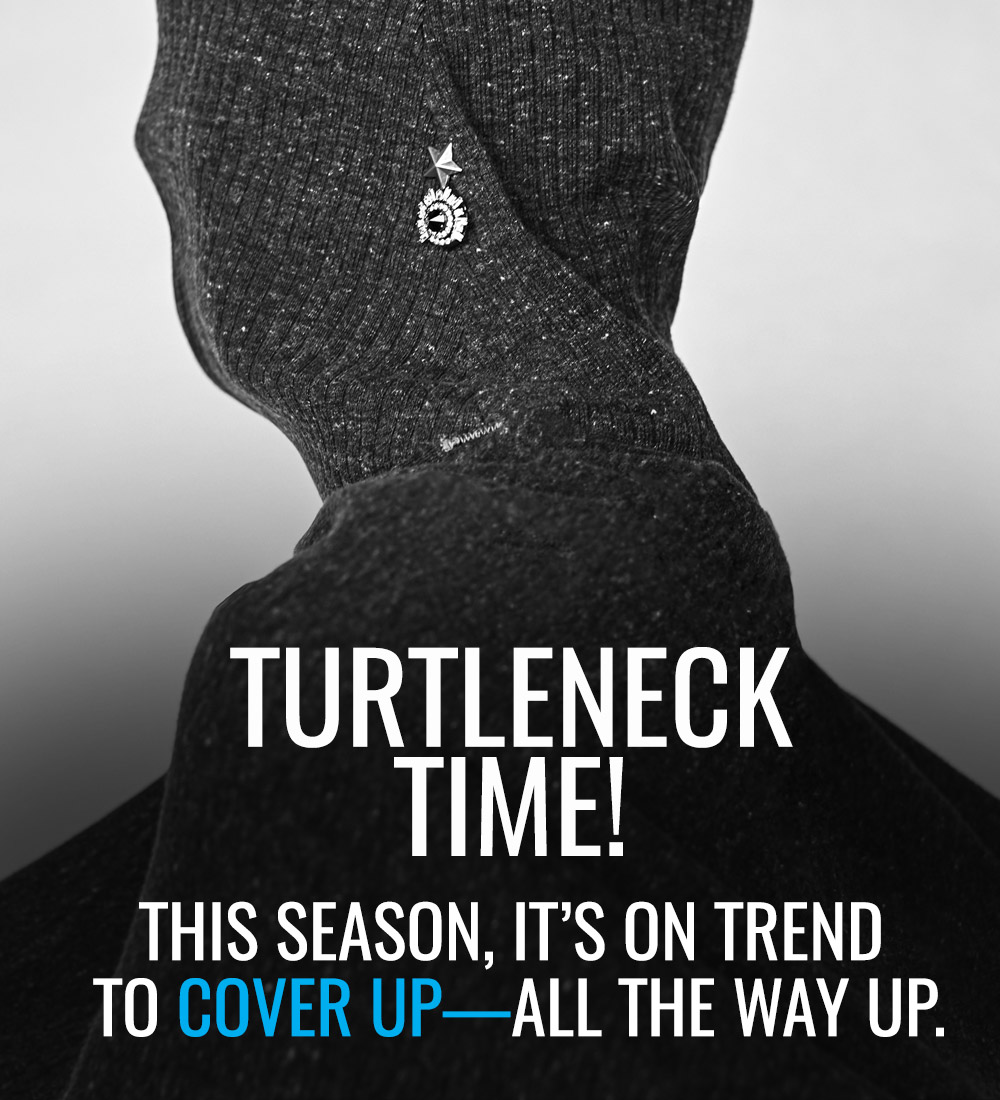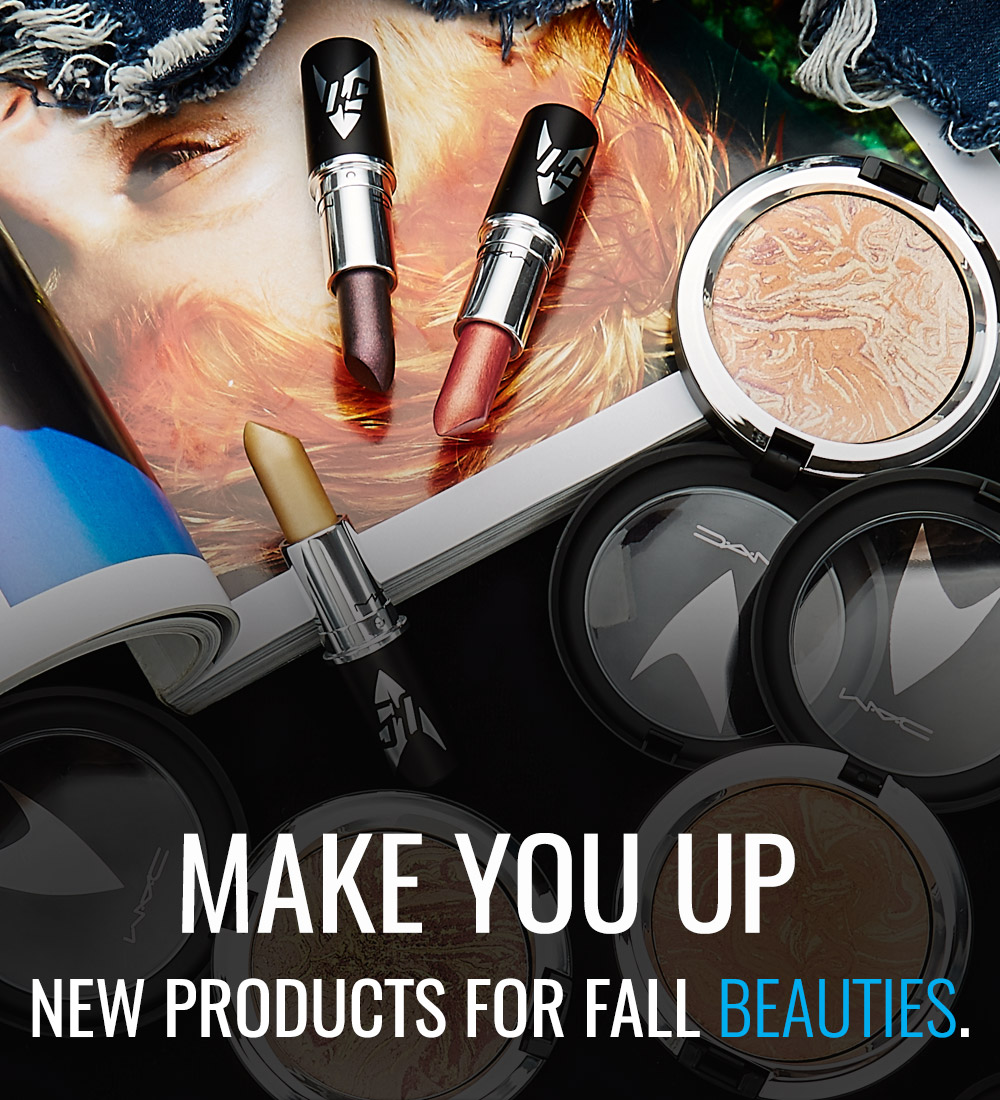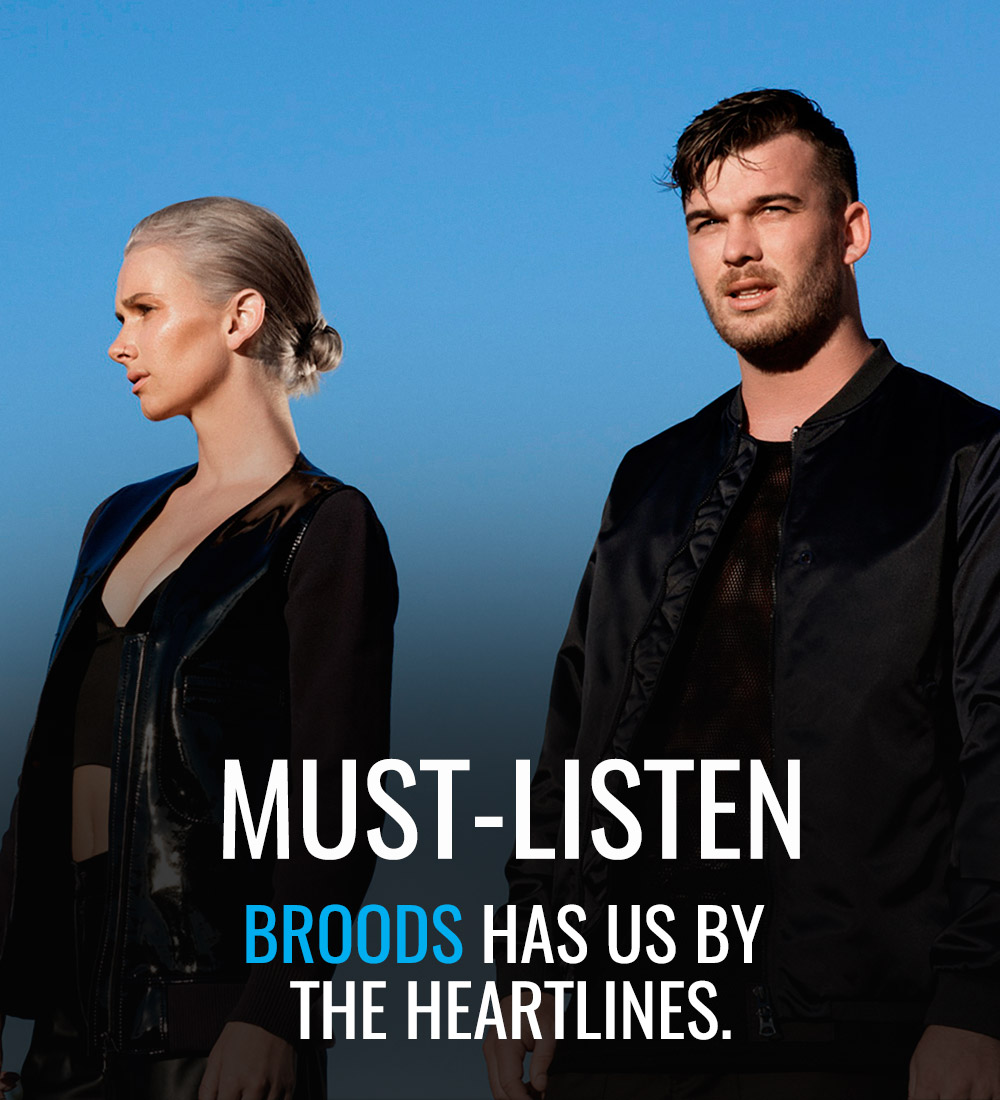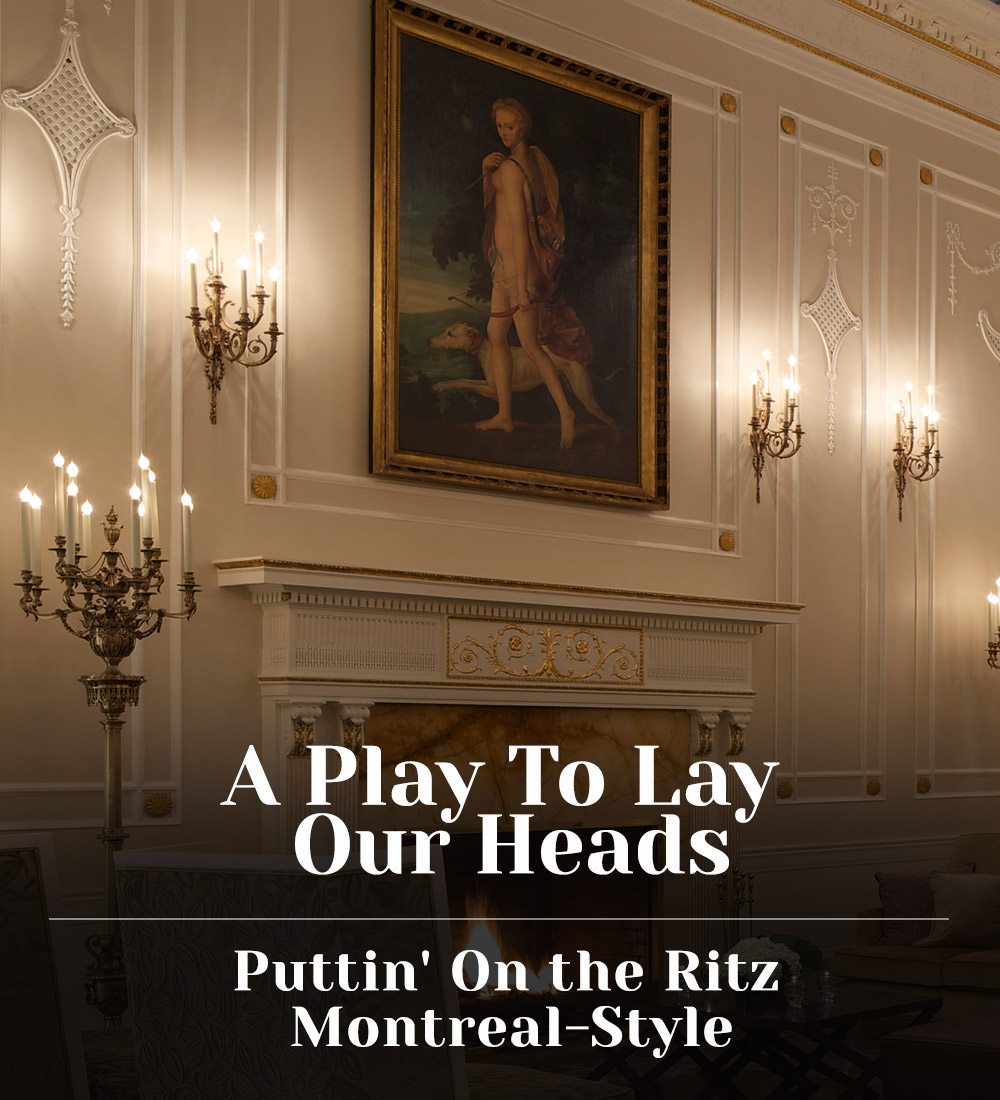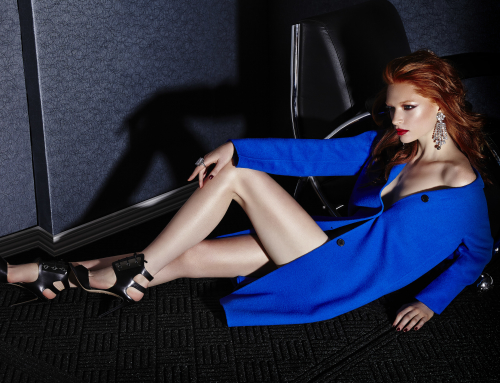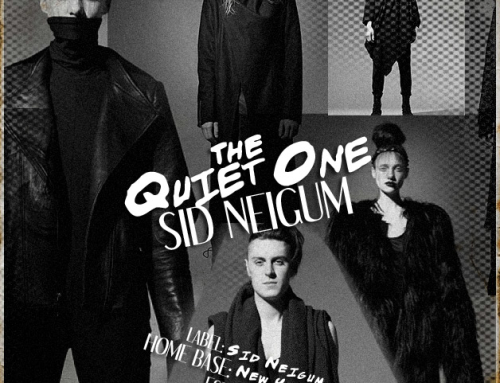With your own art, is there a lot of back-and-forth in your head during the process of rearticulation?
It’s like I’m waiting for the thought; when I’ve got it, I know it. Then it’s easy. I wait for that flash of something, then the whole thing opens up. It’s actually the most frustrating bit in the whole process, that initial idea. I just churn through so much material, hundreds of magazines, videos, movies, ads. I walk the streets listening to my Ipod. Then an image or lyric or something will stick. Then I get excited. I need that excitement about it or I can’t motivate myself to move.
You work in a variety of different mediums, which do you consider to have the strongest communicative powers?
I think when I do something with a big brand or fashion house, or a big public work like the clouds, it has the biggest reach because of the media around it, but I find you can only transmit quite a basic packaged message in that way. It’s still very powerful.
What’s the most powerful?
I think painting is the key, because the experience you can have one-on-one with a work is totally unique. Some of the biggest moments of my life have happened in front of certain pictures. My fear is that with moving image, which is expanding so fast (even onto our mobiles), we are forgetting how to read a static image. It’s easy to expect a painting to give us everything in a split second.
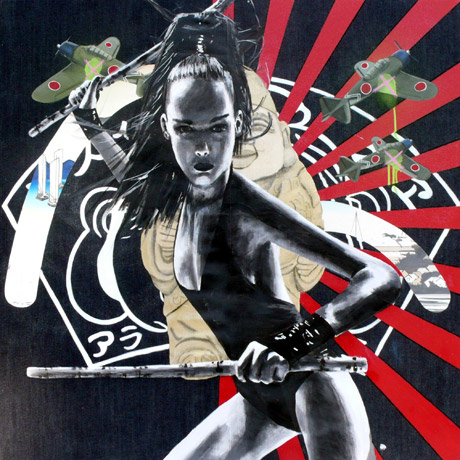
C.R.E.A.M. mixed media on canvas 120 x 120 x 7 cm © Stuart Semple 2008
When not using your brush, what is the strangest tool you have ever incorporated into your mix-medium palette?
I’ve used so many things. I’ll use whatever gets the job done. The helium and soap in the clouds was quite different. I’ve used lentils. I think events are quite a strange one. In New York, Ju$t Another Rich Kid and I recreated a teenage girl’s bedroom, and that had some pretty strange stuff in there: posters of Zac Efron and used condoms.
You mentioned your collaboration with Ju$t Another Rich Kid. You’ve also done campaigns such as The Cult of Denim. What attracts you to the world of fashion?
There’s a lot of creativity there and I love to collaborate anyway, I enjoy working with others. I think fashion is part of what my work talks about, a huge part of what my work is about. I think it’s important that I actually know how that works, that I have hands-on experience with it. Like a method actor, I need to know it before I can talk about it truthfully. I’m just very drawn to it.
Even when working in fashion, your art challenges the culture of consumerism the industry breeds, and its image-making power, such as with Lipstick Vogue. Do you ever feel conflicted working in the mainstream with major labels?
No not at all. I’m just trying to tell the truth, there’s no compromise in that when I work with a mainstream label. I think an important thing is that I don’t change, I don’t become a fashion designer when I work in fashion. I’m always an artist, so when I work with the label I make a piece of art. I try to keep as much content as I can within that work. I’m lucky that the labels give me a lot of freedom. When I worked with Moncler, they actually re-stocked their whole Milan flagship around the content of my paintings, and those paintings were pretty bleak.
Another industry giant you’ve worked with is Selfridges, during your Cult of Denim project. Was it important for you to push the limits and present provocative commentary with this one, considering its reach?
Absolutely, there’s no point otherwise. The work is critical work, and when you get a platform like three floors of a department store like that, it’s not time to get scared and sit on your hands. It’s time to speak up. That’s what I want from art, I want something with an opinion. Art is one of the last places that is completely free of censorship. I mean, there’s only so much you can do with a mainstream movie. Luckily we can say anything with a picture.
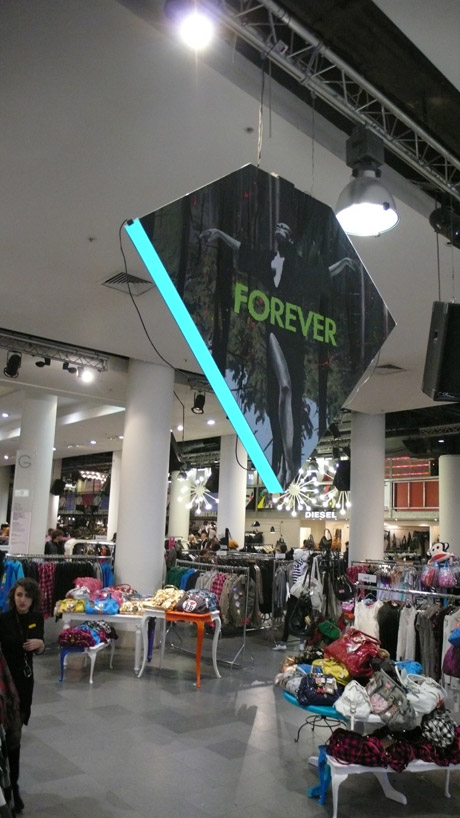
Let Forever Be mixed media on canvas on aluminium 180 x 160 x 20 cm © Stuart Semple 2008
Do you think artists are unvalued?
I don’t think we have a huge respect for our artists, creatively. When we talk about the economy, when the government talks about cultural industries, they are talking about advertising, fashion, design, etc., and they are worth about 9% of the economy, with financial services about 13%, I think. So they are talking about those two things flipping over. [And then] you have your celebrity artists who are wealthy and famous. People resent them because it looks like they’ve got it easy. Then you have your scruffy, unwashed artist who sponges off the state, collecting benefits to sit in a bedsit and make obscure work that benefits no one. Either way, the public isn’t too amused.
Given this, is it even possible for the artists as a group to make a difference in the market place?
I think that the artist specifically doesn’t need the responsibility of having to bail out a failing economy. If we are relying on the artist to take us out of recession then we’re really stuffed! They need the freedom to just make what they have to make. They should describe that sensation, the situation, maybe vocalize an opinion on it. The problem is: when art becomes about the market, it enters a circle. At best you end up with $1200 Hirst spin paintings that nobody wants anymore. With the clouds from the Tate Modern, the idea was really to highlight the fact that the Tate had only been there for 10 years, that in fact this great golden age of contemporary arts in the U.K. has only been fleeting.
Not that art could help revive the economy then?
I was thinking more that it’s likely the government will change, and I’ m generally scared that the dark ages will come back, like the 80s. The Tate is a place anybody can go to for free and see work that can change their life. Art is much more powerful than money.




